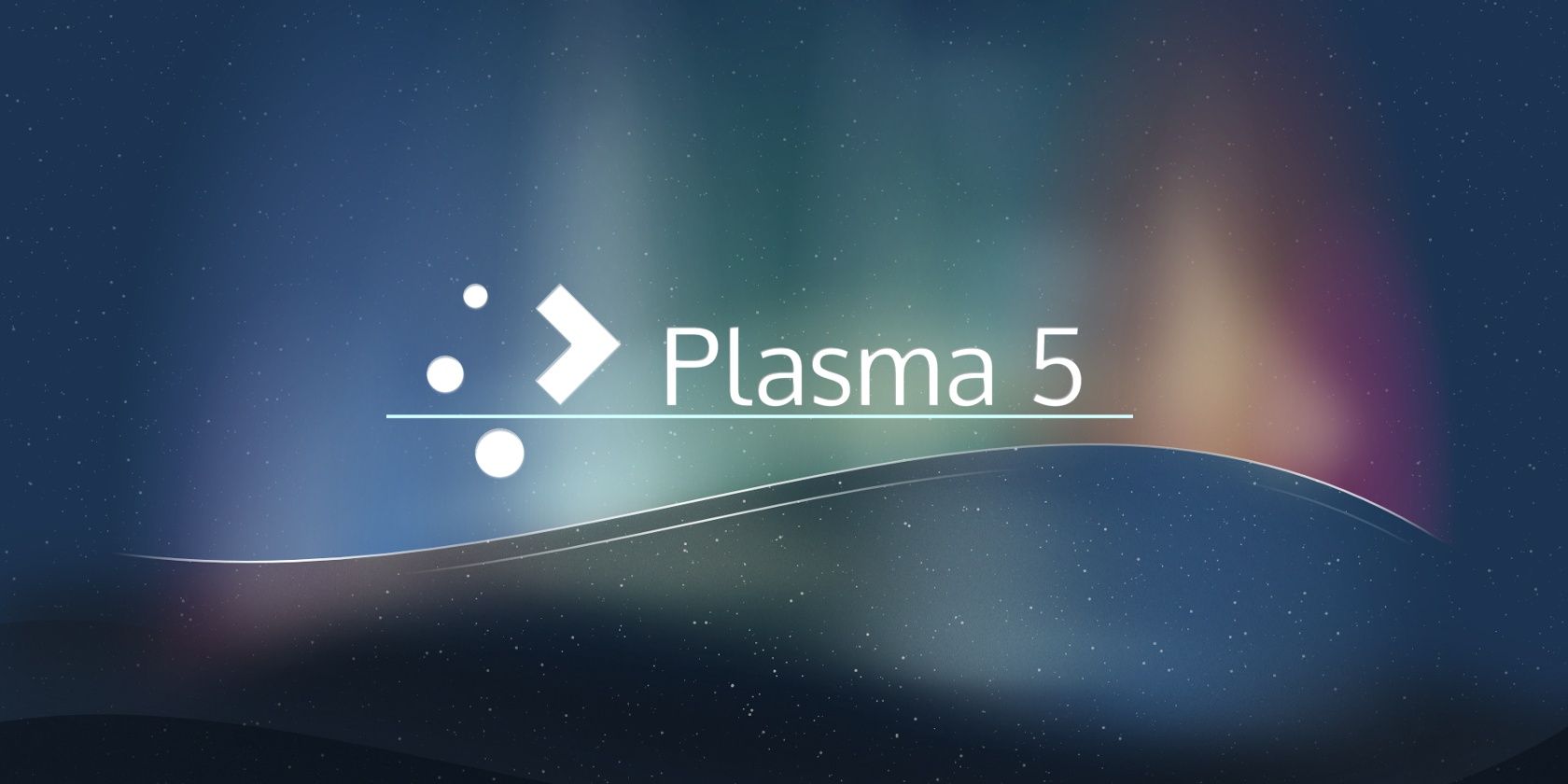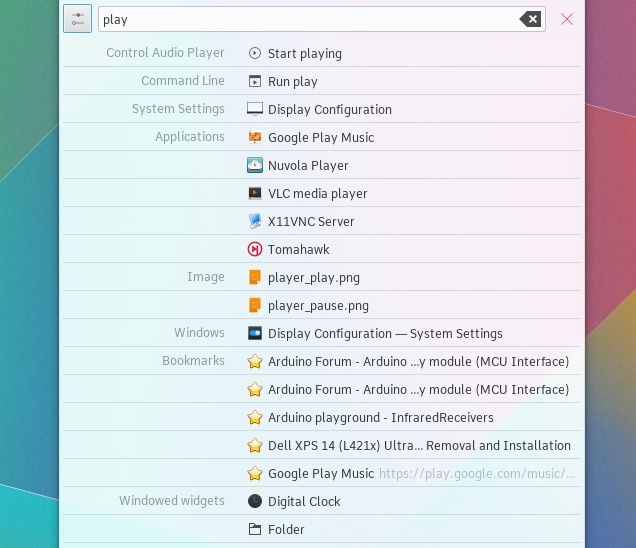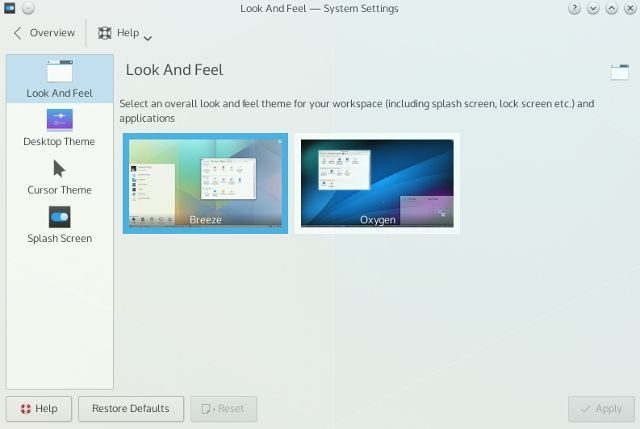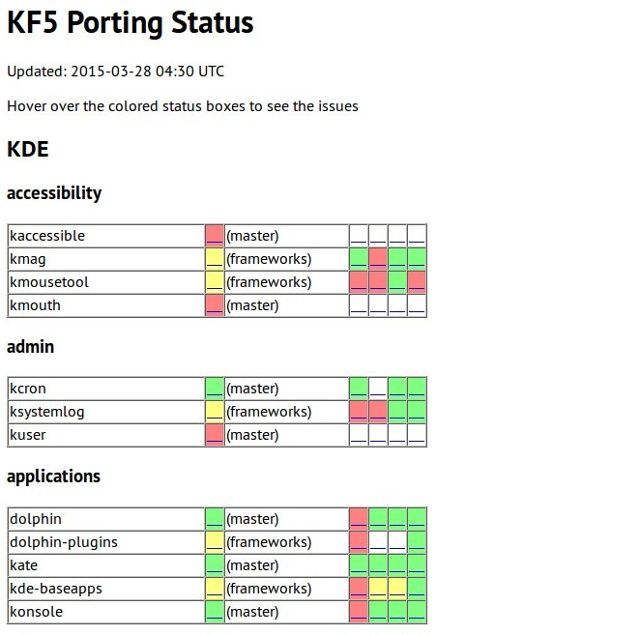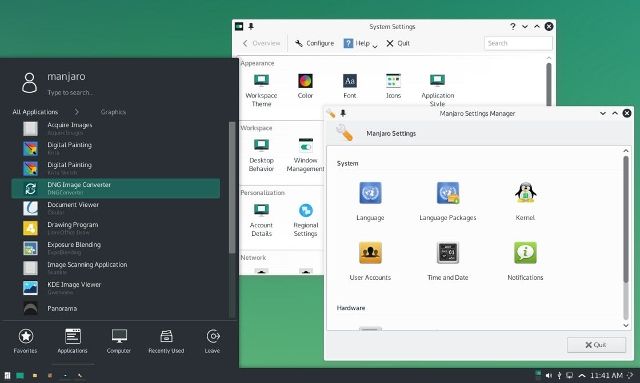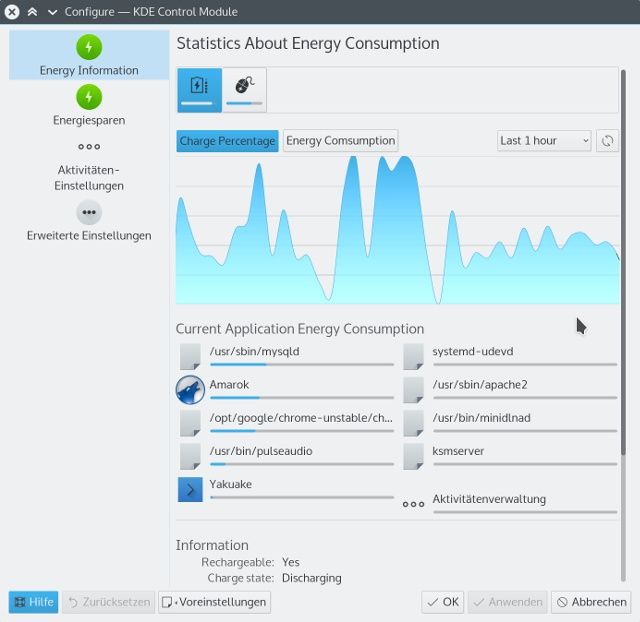After years of polishing the 4.x series, KDE is once again leading the innovation race among Linux desktop environments with its latest product: Plasma 5. We introduced the new Plasma a little less than a year ago, but a lot has changed since. With Plasma 5.2 released in January 2015 and a bugfix release (5.2.2) that came out just last week, it's high time we looked at the current state of KDE's fifth incarnation.
What's New In Plasma 5?
Aside from the obvious visual transformation that everyone's writing about, there are several changes below the surface that are worth mentioning. First of all, KDM is gone - the default display manager is now SDDM, although you can install KDM if you so desire. Screen locking is now controlled by the compositor, and you can no longer add desktop widgets to your lock screen.
Another major change is the so-called "death of the semantic desktop". Perhaps you remember Nepomuk, an underestimated tool that so many users wanted to disable as soon as they installed KDE. In Plasma 5, it's replaced by a simplified and less resource-hungry file indexing and searching solution called Baloo. (Note that Baloo doesn't index external media by default; you'll have to enable this option if you plan on using it.)
A whole host of smaller enhancements have also found their way into Plasma 5, including but not limited to:
- Configurable actions and shortcuts for special mouse and joystick buttons;
- The new look of the (in)famous "cashew". Following the principles of flat design, it is now a hamburger menu, but it's also possible to entirely remove it from the desktop;
- Modules in System Settings are now organized differently, and there's a new one called "GTK Application Style" that lets you tweak the look of GTK apps on KDE;
- For the first time in KDE, there's a separate Settings module to configure multiple monitors;
- Search results in KRunner are now neatly divided into categories in their drop-down floating window.
What Works... and What Doesn't?
The burning question among current and potentially future KDE users is whether Plasma 5 is "ready for the desktop". The answer is, unsurprisingly, that it depends on a lot of factors: your hardware, your expectations, the apps you plan to use and the features you need. While it's still very much a work in progress, Plasma 5 is usable on most desktop configurations and can work without threatening the stability of your system. However, a number of features are missing, some of which might be considered crucial.
Currently, many applications do not work with the new system tray and therefore can't display their icons in it. Another big issue is that almost all widgets had to be rewritten for Plasma 5, which supports only those built in QML 2 or C++. This renders a lot of existing widgets completely inoperative under Plasma 5, and you will have to wait for the third-party developers to port them or find acceptable alternatives. (Or write your own widgets!). Due to upstream changes in Qt, locale customization is radically restricted in comparison to KDE 4, and your Plasma calendar is not yet able to show holidays or events.
People who love to customize the desktop might suffer, too, because it's not yet possible to tweak the few existing desktop themes to any advanced degree. Add to this the fact that, at the moment, there aren't many themes for Plasma 5 to choose from, and that you can't download them directly from the System Settings dialog.
Other desktop-related problems include the inability to set a custom wallpaper for each virtual desktop, and the Dashboard can only show the widgets that are on the desktop, but not its own, separate set of widgets.
Still not discouraged? Great, because Plasma 5 already offers beautiful, delicate improvements to the user experience, and it's only going to get better. The popular Icon-only Task Manager is back, and now you can control music playback from KRunner. Setting up your desktop is made so much easier thanks to the "Undo" feature that lets you reverse any change you apply to widgets. Swapping widgets is also a breeze, because every widget has a right-click "Alternatives" menu from which you can simply choose another widget for the same purpose.
If you're worried about your favorite Qt 4 applications clashing with Plasma 5, calm down - they will work normally and integrate visually with the new desktop environment. Some applications are being ported to Qt 5, and you can even check their status if you're impatient.
How To Try Plasma 5?
By now you probably can't wait to experience Plasma 5 for yourself. The good news is that nearly all major Linux distributions already offer it in the repositories. The bad news, however, is that on most of them you cannot install Plasma 5 alongside KDE 4. You can solve this problem by dual-booting a distribution with Plasma 5, or simply trying it in Live mode. But which distribution to choose? Here's a short guide:
- Two KDE-focused distributions, Netrunner and KaOS, offer Plasma 5 as the default DE of their latest releases, available only for 64-bit systems;
- Project Neon has been discontinued and replaced by Kubuntu CI (Continuous Integration), so users of Kubuntu 14.10 and 15.04 can grab their Plasma 5 packages there;
- Arch Linux, Gentoo and Slackware all have Plasma 5 in the repositories, waiting for you to test it;
- The developers of Manjaro have released a Plasma 5 version of the distribution with their own modification of the default Breeze desktop theme.
Meanwhile, openSUSE offers Plasma 5 in the repositories for versions 13.1 and 13.2. It is expected that Plasma 5 will be offered as one of the default flavors in the next stable release. Fedora 22 and Kubuntu 15.04 have already announced a definite switch to Plasma 5, and rumor has it that Mageia 5 will follow suit.
Does History Repeat Itself?
Critics of KDE might be quick to conclude that KDE developers didn't learn from their mistakes, and that they again released an "unfinished" product. If you haven't started using Linux just yesterday, you probably remember the debacle of KDE 4.0 from 2008. Although it was an experimental release, due to miscommunication some distributions shipped it as if it were a final product. When it turned out that it was buggy, unstable and incomplete, it was already too late - both the users and the media lashed out on the developers, some of whom did not mince words in return. The main problem with KDE 4.0 was that its release coincided with the end of support for Qt 3. Both the developers of KDE and the distributions' maintainers felt pressured to move on to Qt 4.
With Plasma 5, there is no such situation. Although it does represent a switch to Qt 5, Qt 4 applications are still supported and there is no rush to port everything. Another difference is the approach to releasing Plasma components. Instead of releasing everything at once, finished or unfinished, Plasma 5 opted for a cycle in which features are added when they're ready and functional.
Also, there aren't as many radical changes as in KDE 4.0. They won't be replacing Dolphin with another file manager, and the Plasma Desktop and widgets are not previously unheard of. Moreover, KDE isn't as monolithic as it used to be. Following the brand repositioning in 2014, there are three main components of the desktop environment: KDE Frameworks, KDE Applications and Plasma. This modularity makes it much easier to maintain, since upgrading one component isn't likely to break the entire system.
What To Expect?
According to the official roadmap, Plasma 5.3 is scheduled for the end of April. Developers and users alike speculate that this will be the first truly "end-user-ready" release, mostly due to improvements in the field of graphics (namely, better support for high DPI screens).
If all goes as planned, Plasma 5 will work on both X11 and Wayland, but won't require X11. This is a well-thought out preparation for the inevitable switch from X11 to something more modern. A few exciting improvements are in the works as well: a battery monitor with detailed stats about energy consumption and—finally!—an option to change the position of notifications on the desktop.
This should be enough to keep you occupied until the next version of Plasma 5 sees the light of day. Of course, we'll keep you posted on new developments, so make sure to watch this space.
Have you tried Plasma 5? What did you like about it, and what not? Share your experiences in the comments!
Image Credits: Plasma 5 Logo; Plasma 5.2 Screenshots; Manjaro Desktop; KDE Battery Module by Kai Uwe.

